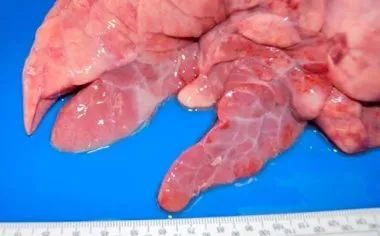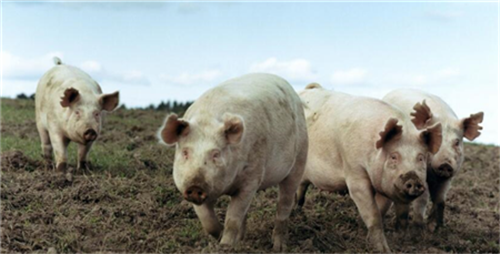Ten hazards of mycotoxins to pigs
The main problems of pigs focus on the toxic state of the body, while malnutrition, immunosuppression, inflammation and septicemia can not be ignored. In particular, the poisoning index of sows with severe diarrhea and sow abortion was high and accompanied by immunosuppression. Therefore, in order to solve the problem of complex and frequent pig disease in pig farms, while blindly emphasizing "sterilization" and "antivirus", we should also start from another point of view, that is, detoxification. So, what are the causes of pig poisoning? Long-term accumulation of toxins is very harmful to pigs. Today, list the ten major hazards of toxins to pigs. If you find similar symptoms in your own herd, you must remember to detoxify your own pigs.
Harm one
Long-term toxin accumulation can lead to epidemic diarrhea virus in sows, which poses many potential threats to piglets, the most direct of which is an increased risk of diarrhea in pigs aged 3 to 19 days.
Harm two
Long-term toxin accumulation is also very serious for boars, which may lead to decreased libido, decreased semen quality and poor sperm activity, resulting in fertilization failure of sows and affecting the breeding work of pig farms.
Harm three
If mycotoxin poisoning occurs in pregnant sows, no matter which kind of bacteria is caused, it may lead to stillbirth, mummy fetus and even miscarriage, and may also cause estrus disorders in the future.
Harm four
Long-term toxin accumulation will also lead to the decrease of feed utilization rate and nutrient absorption capacity of sows. This will lead to low body weight, weak physique and increased mortality of piglets after birth.

Harm five
Long-term accumulation of toxins will also lead to physical deterioration of sows, accelerated aging, a small number of nipples, or the occurrence of non-milk and other phenomena. This may affect the health of newborn piglets.
Harm six
Long-term toxin accumulation will also lead to a decrease in litter size in sows, an increase in stillbirth rate, poor health of piglets after birth, a decline in immunity and so on.
Harm seven
Sows will carry a variety of pathogens due to the accumulation of toxins, such as yellow and white dysentery of piglets, epidemic diarrhea, circovirus and other diseases. This increases the risk of illness in piglets after birth.
Harm eight
If the sow accumulates too much toxin, then even if the piglet is weaned, its estrus will be affected normally. This will reduce the production performance of sows, resulting in a decline in the production capacity of sows.
Harm Nine
The probability of reproductive disorders such as atypical swine fever, chronic porcine erysipelas, recessive parvovirus, variant pseudorabies and other reproductive disorders in sows with excessive toxins is also much higher than that in normal sows.
Harm ten
All kinds of toxins are also very harmful to the reproductive system of sows, which may lead to recessive hysteritis, ovarian cysts and other diseases in sows. In this way, it may lead to repeated infertility or even elimination of sows!
Related
- On the eggshell is a badge full of pride. British Poultry Egg Market and Consumer observation
- British study: 72% of Britons are willing to buy native eggs raised by insects
- Guidelines for friendly egg production revised the increase of space in chicken sheds can not be forced to change feathers and lay eggs.
- Risk of delay in customs clearance Australia suspends lobster exports to China
- Pig semen-the Vector of virus Transmission (4)
- Pig semen-the Vector of virus Transmission (3)
- Five common causes of difficult control of classical swine fever in clinic and their countermeasures
- Foot-and-mouth disease is the most effective way to prevent it!
- PED is the number one killer of piglets and has to be guarded against in autumn and winter.
- What is "yellow fat pig"? Have you ever heard the pig collector talk about "yellow fat pig"?



